THE Beatles’ Sgt. Pepper’s Lonely Hearts Club band was hailed as a masterpiece on its release in 1967 and its reputation remains intact half a century later.
With the 50th anniversary looming on June 1 — and a special anniversary edition released this week — we look at the stories behind the classic album.
From the near misses and the inspirations behind the songs, to the studio trickery and the influences it has had on generations of fans and artists since, here’s 50 astonishing facts about what many have hailed the greatest album of all time.
1. WHAT’S IN A NAME
According to Paul McCartney, the name came up when he and tour manager Mal Evans were flying back to London from Kenya. They were having the in-flight meal, which came with small packs of salt and pepper, marked with an S & P. As McCartney writes in the liner notes for the 50th anniversary edition of the album: “He asked me to pass the salt and pepper and I misheard it as Sergeant Pepper. This set off a train of thought for a fictitious band, who would be called Sgt. Pepper’s Lonely Hearts Club Band.”
2. THE OTHER GUYS
Sick of life on the road, the hysterical crowd reactions and not being able to hear themselves play, The Beatles had stopped touring in 1966 and wanted to dedicate their energies to the studio. Again it was Paul who came up with the idea of playing as a fake band — Sgt. Pepper’s Lonely Hearts Club Band — so they could free themselves of the constraints and expectations of being The Beatles, and push their musical boundaries.
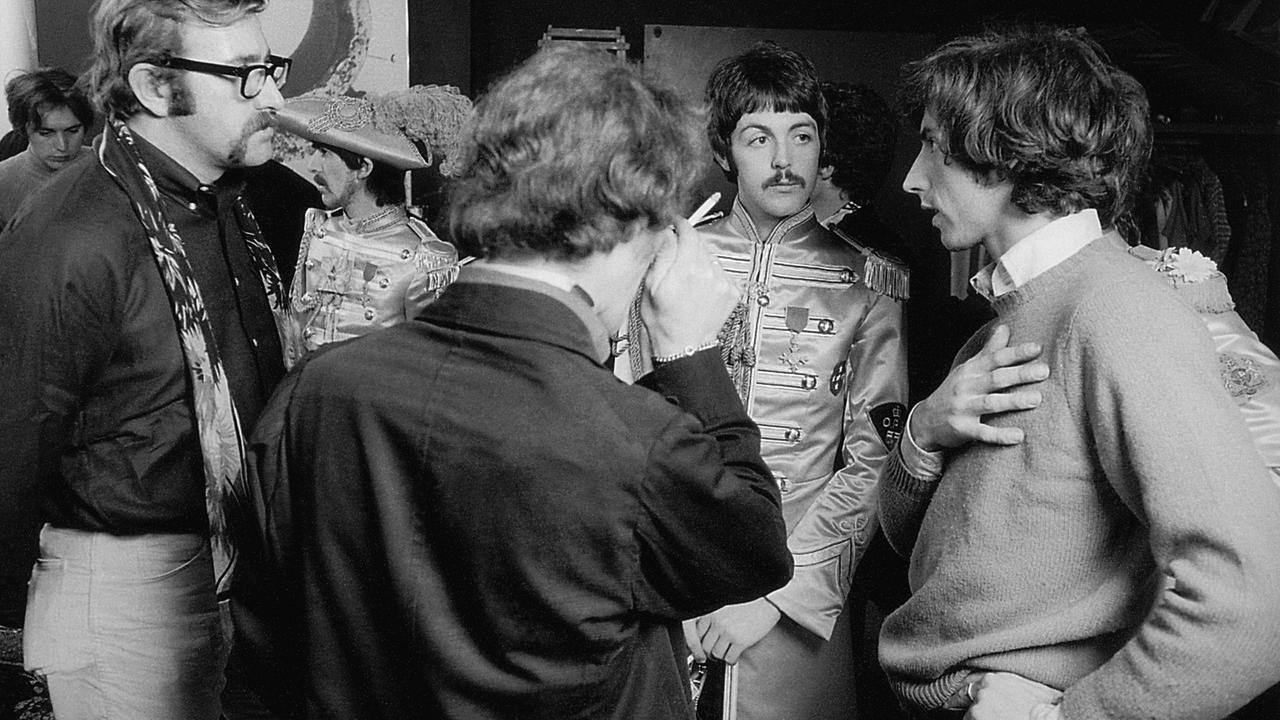
3. GOOD VIBRATIONS
The Beatles had a friendly rivalry with The Beach Boys, but hearing Brian Wilson’s 1966 masterpiece Pet Sounds, spurred them to new heights and new horizons. Producer George Martin has said that without Pet Sounds “Sgt. Pepper’s never would have happened”. It was a neat return of a huge compliment — Wilson was inspired to write Pet Sounds after hearing The Beatles’ Rubber Soul. Paul has also said he was hugely influenced by Frank Zappa and the Mothers Of Invention’s groundbreaking 1966 album, Freak Out!
4. TIME AND MONEY
The Sgt. Pepper’s sessions at Abbey Road studios ran for nearly five months from November 24, 1996 to April 21, 1967, and cost around 25,000 pounds, a fortune at the time. The Beatles debut album Please Please Me was recorded in a day and cost 400 pounds.
5. STRAIGHT TO THE TOP
Despite fears that the group’s popularity may have been on the wane, Sgt. Pepper’s went straight to the top of the charts in the UK and stayed there for 27 weeks. It spent 15 weeks at No. 1 in the US and also topped the chart in Australia, going 4 times platinum here (more than 280,000 copies). It has since sold more than 32 million copies, making it one of the best-selling albums of all time.
6. THE CHARTS ARE ALIVE
Sgt. Pepper’s was eventually bounced from the No. 1 spot in the UK by The Sound Of Music soundtrack — but it returned to the top.
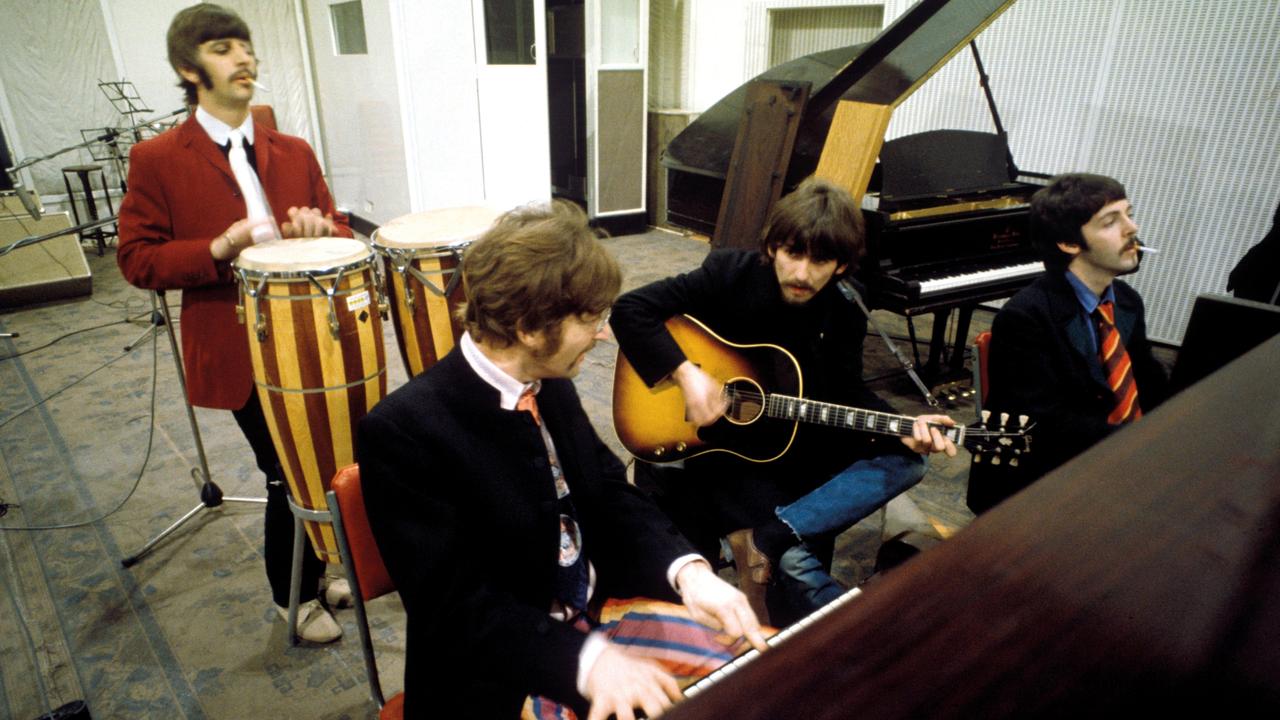
7. JUST AWARDS
Sgt. Pepper’s won four Grammy Awards in 1968, including Album Of the Year, the first time that award had been given to a rock album. It also won Best Album Cover, Graphic Arts, Best Engineered Recording, Non-Classical and Best Contemporary Album.
8. PIECE OF HISTORY
In 2003 it was placed in the Library Of Congress’ National Recording Registry, after being deemed “culturally, historically or aesthetically significant”. Also that year, Rolling Stone Magazine named it No. 1 in its list of the 500 Greatest Albums of All Time. The Oxford Encyclopaedia of British Literature, called it “the most important and influential rock and roll album ever recorded”.
9. BEATLES TIME
Most of Sgt. Pepper’s was recorded in the evening. Staff were booked for 7pm, Ringo was usually the first to roll up around 10.45pm and the others some time before 11.30pm. Ringo’s vocal take on With a Little Help From My Friends was recorded at 5am, with the others cajoling the tired drummer to keep going until he nailed the final note.
10. HIGH TIMES
The Beatles have admitted the Sgt. Pepper’s sessions were fuelled by drugs, including what Beatles biographer Bob Spitz described as “vast quantities of marijuana”. Lennon had a bad acid trip during the recording of Getting Better, and McCartney has since admitted to using cocaine for about a year around that time. “Coke and maybe some grass to balance it out. I was never completely crazy with cocaine,” McCartney said in a 2004 interview. “I’d been introduced to it and at first it seemed OK, like anything that’s new and stimulating. When you start working your way through it, you start thinking: ‘Mmm, this is not so cool an idea,’ especially when you start getting those terrible comedowns.”
11. SECOND BEST
Despite now being considered one of the finest singles ever released, Penny Lane/Strawberry Fields failed to reach No. 1 in the UK, the first time that had happened since their debut single Love Me Do. It was pipped to the top spot by Engelbert Humperdinck’s Release Me. The two songs were the first recorded in the Sgt. Pepper’s sessions and were only released as a single — and left off the album — under pressure from manager Brian Epstein and record label EMI. Producer George Martin later said the decision was “the worst mistake of his life”.
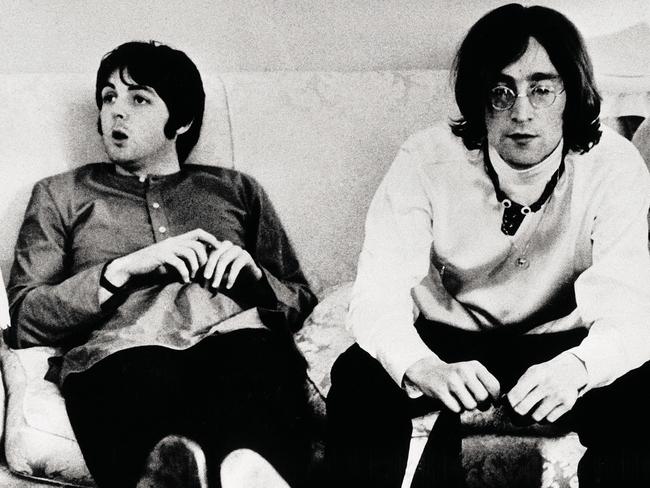
12. DAY BANNED
The BBC refused to play A Day In the Life because they thought it was replete with drug references, including the lyrics “found my way upstairs and had a smoke” (marijuana), “4000 holes in Blackburn Lancashire” (heroin injections). But it was the phrase “I’d love to turn you on” that caused particular problems. The BBC director of sound broadcasting Frank Gillard addressed the note to EMI president Joseph Lockwood on May 23, 1967. “We have listened to it over and over again with great care,” Gillard wrote, “and we cannot avoid coming to the conclusion that the words ‘I’d love to turn you on,’ followed by that mounting montage of sound, could have a rather sinister meaning. The recording may have been made in innocence and good faith. But we must take account of the interpretation that many young people would inevitably put upon it. ‘Turned on’ is a phrase which can be used in many different circumstances, but it is currently much in vogue in the jargon of the drug addicts.”
13. THE REAL LIFE
John was in fact inspired by real life events for A Day In the Life. The Blackburn Lancashire line came from a newspaper article about road potholes in the northern county — and Irish socialite Tara Browne’s death in a car accident inspired the line “he blew his mind out in a car”. John’s own life was referenced with the line “I saw a film today, oh Boy, the English army had just won the war.” He’d recently appeared in the movie How I Won the War.
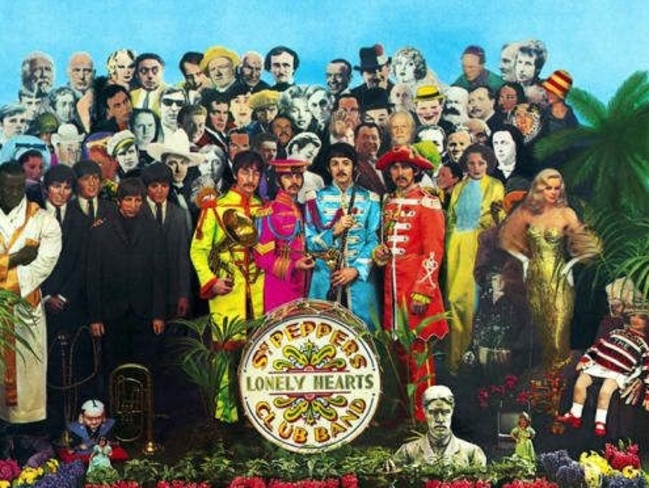
14. THE HOLE TRUTH
While Lucy In the Sky With Diamonds was assumed to be about drugs, and A Day In the Life was accused of being about drugs, no one picked up on the innocuous sounding Fixing a Hole, which Paul later admitted WAS about drugs. It was thought that the song was literally about repairing the roof on his newly acquired cottage in Scotland, but he said in a 1997 interview with Barry Miles, that it was indeed an ode to pot and the experimental properties it gave his mind.
15. THE SHINING TRUTH
It was widely assumed that Lucy In the Sky with Diamonds, with its trippy psychedelic lyrics, stood for the hallucinogenic drug LSD, with which the Beatles had experimented. The idea actually came from a drawing by John’s son Julian. The Lucy in question — pictured in the sky, with diamonds — was Julian’s four-year-old classmate Lucy O’Connell, who died in 2009. Paul later confirmed the existence of the drawing and also that Lennon had been influenced by the Lewis Carroll story Through the Looking Glass.
16. CHILDHOOD MEMORIES
Both Penny Lane and Strawberry Fields were real places in Liverpool. Paul wrote the former, about a street where he and his brother used to have their hair cut, and packed the song full of other local references — such as the barber, the roundabout and the fire station. John wrote Strawberry Fields Forever while filming How I Won the War in Spain in 1966 and named it after a gothic mansion with a large overgrown garden.
17. WITH FRIENDS LIKE THESE
The original lyric for With A Little Help From My Friends (which was briefly named Bad Finger Boogie) was “What would you think if I sang out of tune, would you throw ripe tomatoes at me”. After a passing admission from George that he loved jelly babies led to him being pelted with the sweets during live shows, Ringo was worried about being pelted with tomatoes. The lyric was changed to “would you stand up and walk out on me”.
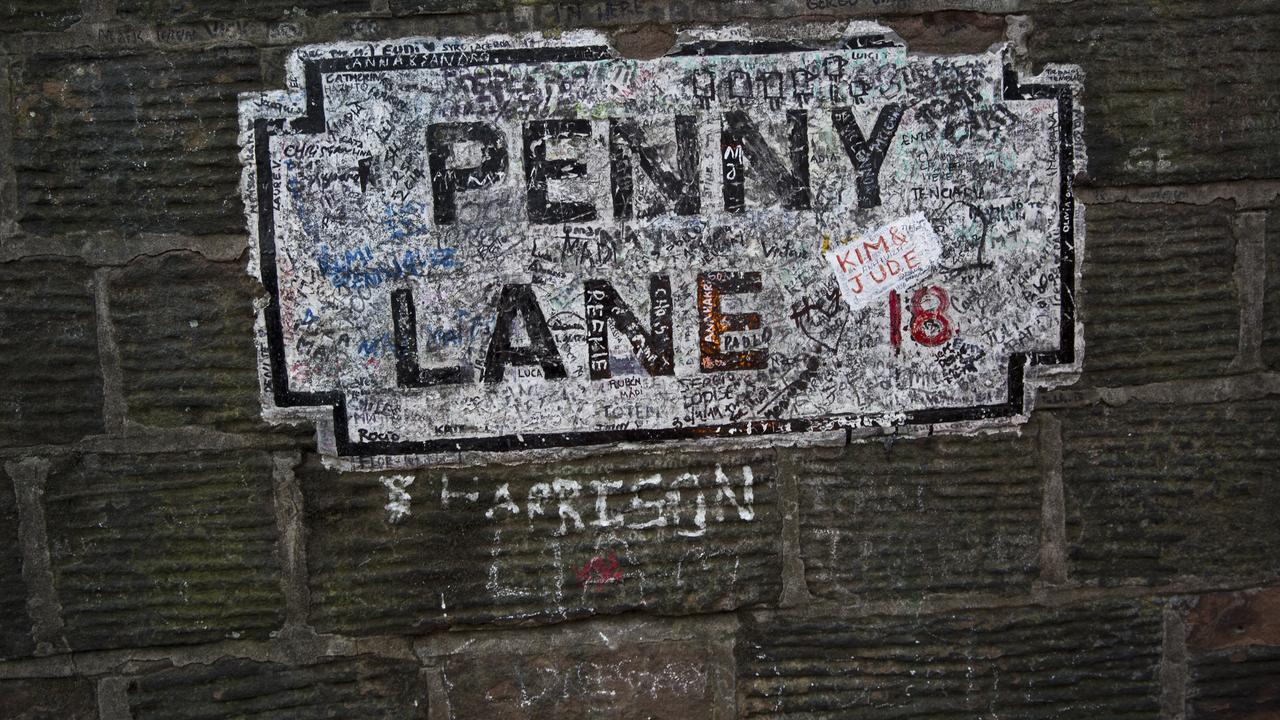
18. BETTER DAYS
The title for the track Getting Better came from a phrase used by Jimmy Nicol, who substituted for an ill Ringo on the band’s only tour of Australia in 1964. When asked how he was fitting into the biggest band in the world, he’d invariably reply “It’s getting better.”
19. IN THE PINK
Soon to be global superstars themselves, Pink Floyd were recording their debut album Piper At the Gates Of Dawn in the studio next door at Abbey Road, while the Beatles were recording Sgt. Pepper’s. Fans of both bands have noted the similarities between the Fab Four track Lovely Rita and the Floyd song Pow R. Toc H. The Hollies were also recording their double album Evolution at Abbey Road at the same time as the Sgt Pepper’s sessions.
20. HOME TRUTHS
She’s Leaving Home, later embraced as a counterculture anthem, was inspired by a story on the front page of the Daily Mail on February 27, 1967, about a 17-year-old girl, Melanie Coe, who had run away from home. Coincidentally she’d actually met the Beatles three years earlier when she was a dancer on the TV music show Ready Steady Go!
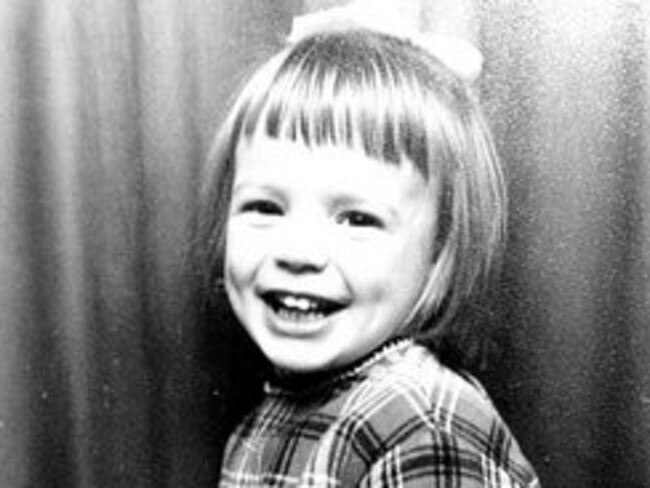
21. FLY A KITE
Many of the names and lyrics on Being For the Benefit of Mr Kite were taken from an 1843 Victorian circus poster that John had bought in an antiques shop. Pablo Fanque (the first non-white circus owner in Britain), Mr Henderson, Mr Kite and the “hogshead of real fire” were all lifted straight from the poster. The BBC banned also banned the song because of the phrase “Henry the Horse”, two common slang terms for heroin.
22. INDIAN SUMMER
George had stayed in India with his sitar mentor Ravi Shankar for six weeks in late 1966, which inspired his only composition on the final Sgt. Pepper’s line-up — Within You, Without You. It was recorded without input from any of the other Beatles, and his since been covered by Oasis, Patti Smith, Sonic You and Cheap Trick.
23. 16 TO 64
When I’m Sixty-Four is one of the earliest songs Paul ever wrote, having banged it out on his father’s piano at the age of 16. According to Beatles author Hunter Davies, Paul used to play the song in the early Beatles days if the amps failed. Coincidentally McCartney’s father Jim turned 64 in 1967 when the song came out. Paul’s own children recorded an updated version at Abbey Road studios for their father on his 64th birthday.
24. THE REAL RITA?
Meta Davis — a real life meter maid who said she’d booked Paul near his London home — claimed to be the inspiration for the song Lovely Rita. Paul said he had no memory of her but admitted to being regularly booked for illegal parking.
25. ANIMAL CRACKERS
Good Morning, Good Morning features animal noises from the EMI studio sound archives including chickens, birds, dogs, cows, elephants, lions and fox-hunters. John was quite specific in his instructions to sound engineer Geoff Emerick that the animal noises were to be arranged in such a sequence that each animal was capable of eating or intimidating the one that preceded it.
26. MANY HANDS
The epic final E chord of A Day In the Life that closes the album was played on three grand pianos by five people — McCartney, Lennon, Starr, Martin and roadie/assistant Mal Evans. One of the pianos used was usually locked away for the exclusive use of revered classical musician Daniel Berenboim
27. DOGGONE IT
After the epic final piano chord of the album’s final track, A Day In the Life, is a whistling noise at 15 kilohertz, which is a frequency only dogs can hear, as a nod to the Beach Boys’ Pet Sounds. “We’d talk for hours about these frequencies below the sub that you couldn’t really hear and the high frequencies that only dogs could hear. We put a sound on Sgt. Pepper’s that only dogs could hear,” Paul said in a 2009 interview.
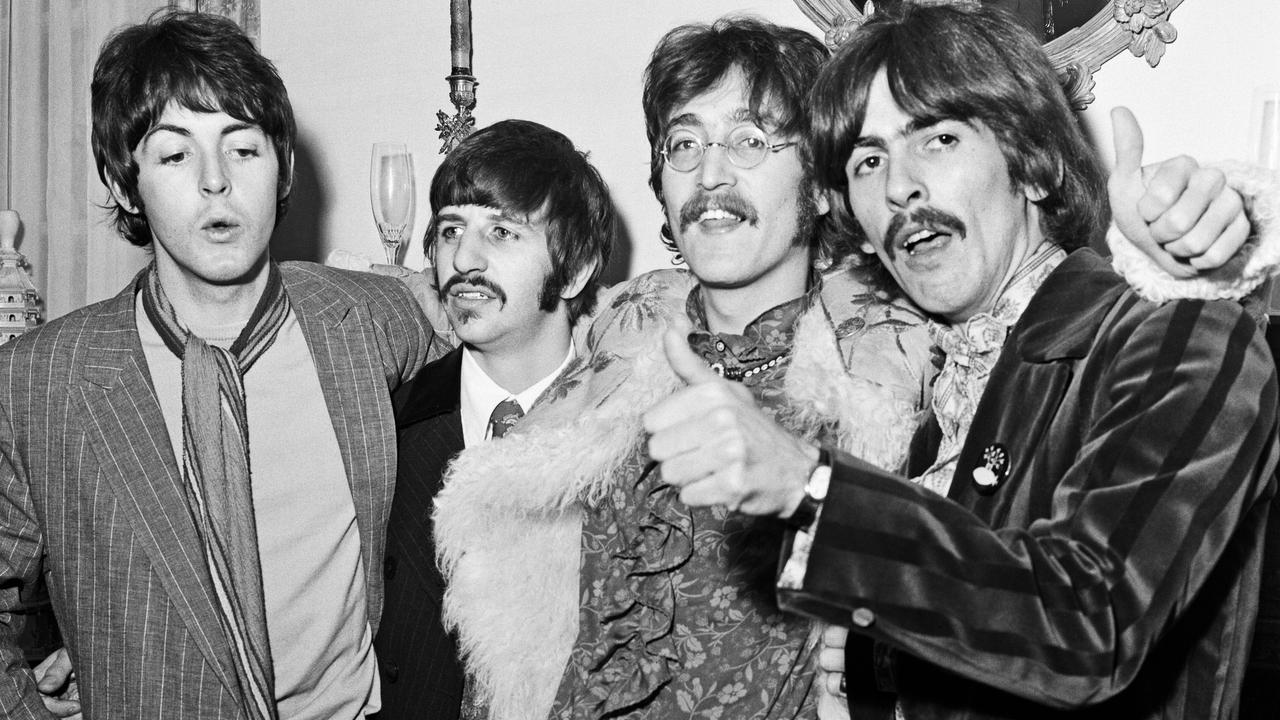
28. THE LAST WORD
The album’s infamous run-out groove features the Beatles shouting random noises and words which were then looped together until it sounded like gibberish, although the words “couldn’t really be any other” can be discerned. Later when listeners looking for hidden meanings in Beatles recordings played it backwards, they claimed to hear the words: “we’ll f--- you like Superman”. Lennon said he was “shocked — and delighted”.
29. BROUGHT TO LIFE
The Beatles never performed Sgt. Pepper’s live, but in 2009, the US rock band Cheap Trick performed a Sgt. Pepper’s Live show for two weeks in Las Vegas, with a full orchestra. A live album and DVD of the show was released, which was engineered by original Pepper’s technician Geoff Emerick.
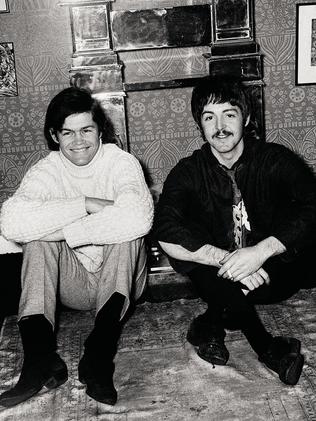
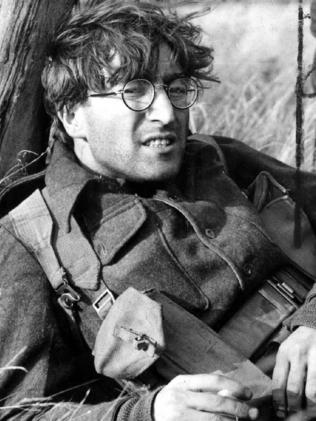
30. SILVER SCREEN
A film version of the album was released in 1978. The musical comedy rock opera starred Peter Frampton, the Bee Gees, Alice Cooper, Steve Martin, Donald Pleasance and Aerosmith. The music, produced by George Martin, was praised but the film itself was slammed with veteran critic Leonard Maltin saying the film “ranges from tolerable to embarrassing and just doesn’t work. As for the Bee Gees’ acting talents, if you can’t say something nice …”
31. CROWD SOURCED
George Martin had recorded the crowd noises at the start of With a Little Help from My Friends during a Beatles concert at the Hollywood Bowl.
32. MULTI-SKILLING MARTIN
In addition to his producing duties, George Martin plays harpsichord on Fixing a Hole, piano on Lovely Rita and harmonium, glockenspiel and Hammond organ on Being For the Benefit of Mr Kite.
33. LIVE EXPERIENCE
Three days after its release the Jimi Hendrix Experience opened a show at the Saville Theatre in London with a rendition of the title track. George and Paul were in the audience. The guitar guru was enamoured with the song and also played it at the Isle of Wight Festival. It was never performed live by the Beatles, but McCartney, Starr and Harrison all played it together at Eric Clapton’s wedding party in 1979.
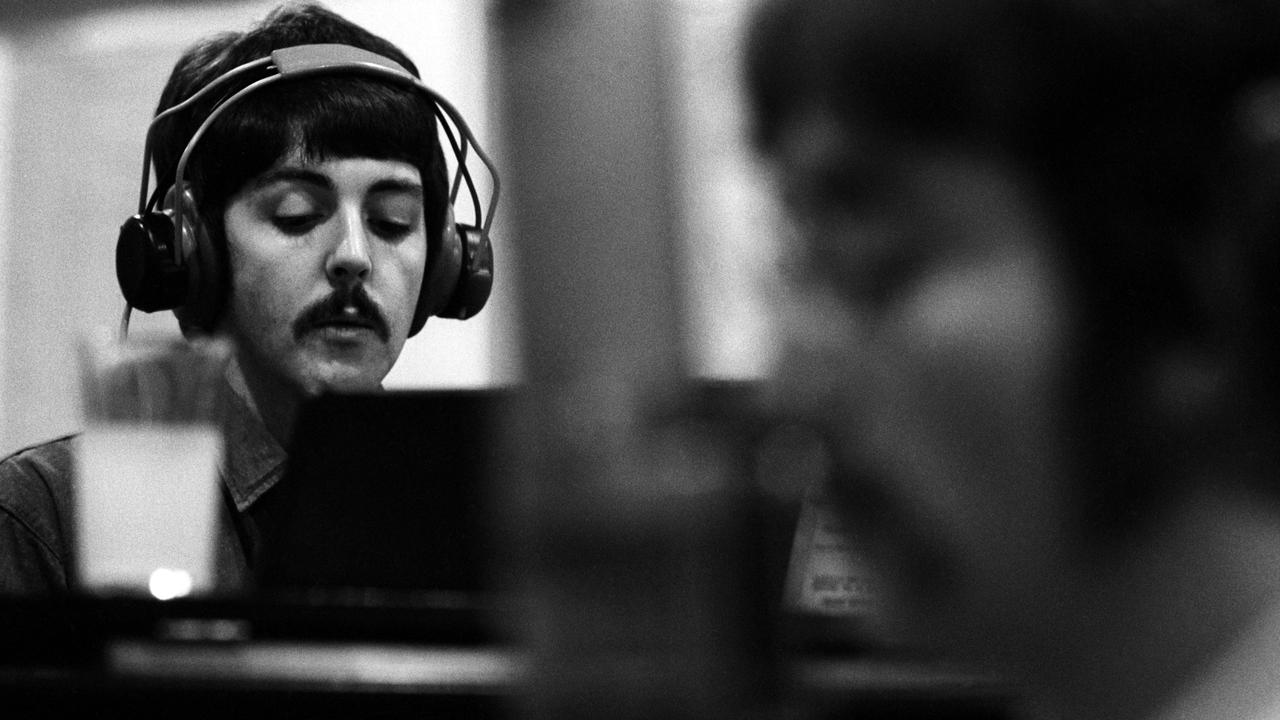
34. UNDER THE HAMMER
In 2008 the bass drum skin used on the front cover sold at auction for just under $1 million. In 2015, a garden gnome used on the cover and signed by all four Beatles went for $57,000.
35. IT’S ONLY WORDS
The lyrics were printed in full on the back cover, the first time this had been done on a rock album.
36. MAKING MOVES
Although his drumming has been brought to the fore in the new re-releases, Ringo has said that he was bored for most of the Sgt. Pepper’s sessions. He sang lead vocal on just one song and didn’t perform at all on several others. He famously said: “The biggest memory I have of Sgt. Pepper’s ... is I learned to play chess.”
37. FOUR PLAY
Although eight-track technology was available, Sgt. Pepper’s was recorded entirely on four-track. It was also originally mixed with a mono focus — engineer Emerick said: “We spent three weeks on the mono mixes and maybe three days on the stereo.”
38. GOOD MORNING
Before it was released, the Beatles took the album to the home of Mamas and the Papas singer Cass Elliot’s flat in Chelsea and played it at full volume through her open windows — at 6am. Unsurprisingly, once the neighbours realised they were listening to a new, unheard Beatles album, no one complained.
39. BYE GEORGE
George Harrison’s Only a Northern Song, was intended for inclusion right up to the moment that McCartney decided to reprise the title track. It eventually found a home on Yellow Submarine as one of the four songs they were contractually obliged to release on that album.
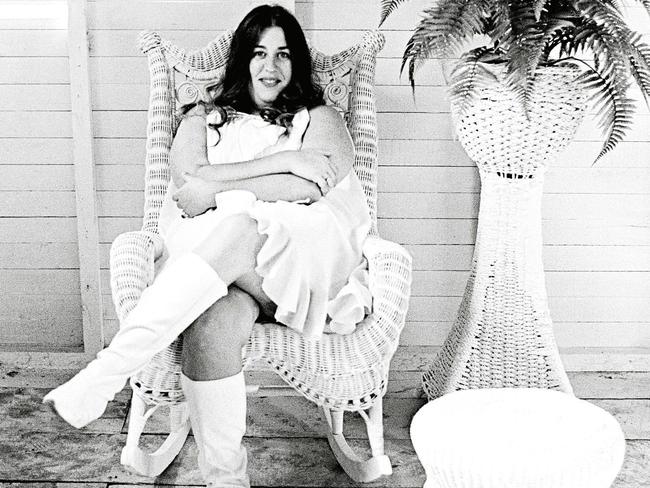
40. SAME SAME, BUT DIFFERENT
Sgt. Pepper’s was the first Beatles album to have the same track listing for both the UK and US versions, although the gibberish on the run-out groove was omitted for the US version.
41. STRINGS ATTACHED
Not even the Beatles got everything they want: McCartney’s request for a 90-piece symphony orchestra for A Day In the Life was knocked back. He ended up with 41 musicians from the London Philharmonic, all of whom were requested to be in full evening dress.
42. BEST OF FRIENDS
With a Little Help From My Friends has been covered more than 50 times and has topped the UK singles chart three times thanks to Joe Cocker in 1968 (his version was also used as the theme song from The Wonder Years), Wet Wet Wet in 1988 and Sam and Mark in 2004. Ringo still uses it to close his live shows when he performs with his All Starr Band.
43. CHANGE OF SCENERY
Fixing a Hole was recorded at Regent Sound studios near Tottenham Court Road in central London. It was the first time the Beatles had not recorded at Abbey Road Studios, which was booked that night.
44. BEATLES FOR DUMMIES
The wax figures on the cover of the album were loaned to The Beatles by Madam Tussauds of London, where they had been unveiled three years earlier, on March 28, 1964. They were the first rock band to be featured in the famous wax works museum.
45. BEHIND THE TIMES
Sgt. Pepper’s was released in the UK on June 1, 1967, but didn’t arrive in Australia until about six weeks later. Due to the complicated artwork, it wasn’t originally pressed here and a shipment of around 50,000 copies sent from the UK via the Suez Canal was delayed by the Arab-Israeli war.
46. LIGHT IN THE DARK
There was much speculation that an unreleased Beatles track called Carnival Of Light might be included on the 50th anniversary re-release of Sgt. Pepper’s. The 13+ minute, avant-garde jam was recorded around the time of Sgt. Pepper’s (January 5, 1967) but was not part of the official recording sessions. Paul has tried to release it in the past — he still has the master tape — but was vetoed by George.
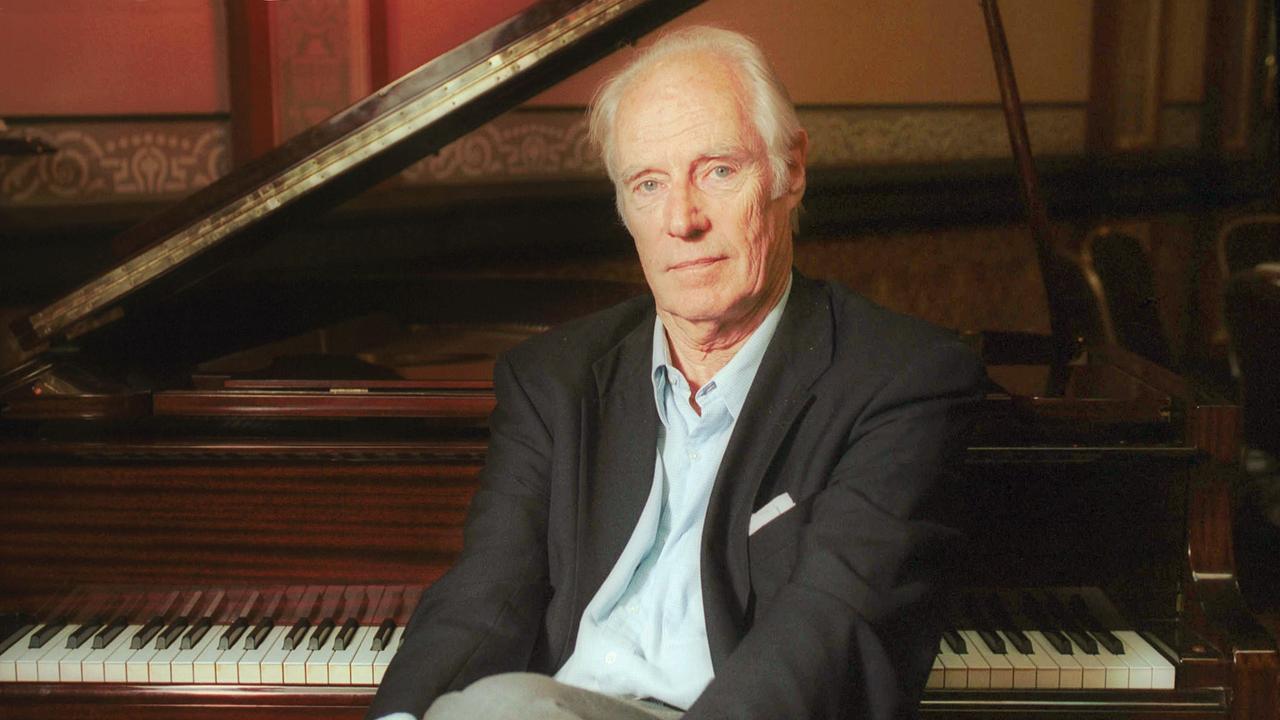
47. FLOWER POWER
At a press party to launch the album, held at manager Brian Epstein’s London townhouse, John wore a green, flower-patterned shirt, red cord trousers, yellow socks and cord shoes. And a sporran.
48. CAN’T BEAT THEM
Some of the Beatles friends and rivals were floored by the achievement of Sgt. Pepper’s, almost to the point of despair. Ron Richards, a producer for The Hollies supposedly said: “I just can’t believe it, I give up” after hearing A Day In the Life for the first time. And David Crosby, then in The Byrds, said in 2014: “When we heard Sgt. Pepper’s, all of us collectively went — ‘we’re done’.” Not everyone was a fan though. Keith Richards of the Rolling Stones said in 2015: “Some people think it’s a genius album, but I think it’s a mishmash of rubbish, kind of like Satanic Majesties.”
49. SUITS YOU
Ringo’s suit from the cover of Sgt. Pepper’s is now on display at the Rock and Roll Hall of Fame in Cleveland. George’s is owned by his widow, Olivia, who last year loaned it to the V & A Museum in London an exhibition, as did John’s widow Yoko Ono. Paul still owns his and featured it in the music video for My Brave Face, from his 1989 album Flowers In the Dirt.
50. IT TAKES TWO
The final version of Strawberry Fields Forever was created combining two takes of the song, recorded weeks apart and in two different keys and speeds, miraculously spliced together by sound engineer Geoff Emerick.


Add your comment to this story
To join the conversation, please log in. Don't have an account? Register
Join the conversation, you are commenting as Logout
Here’s what you can expect with tomorrow’s Parramatta weather
As summer moves towards autumn what can locals expect tomorrow? We have the latest word from the Weather Bureau.
Here’s what you can expect with tomorrow’s Parramatta weather
As summer moves towards autumn what can locals expect tomorrow? We have the latest word from the Weather Bureau.